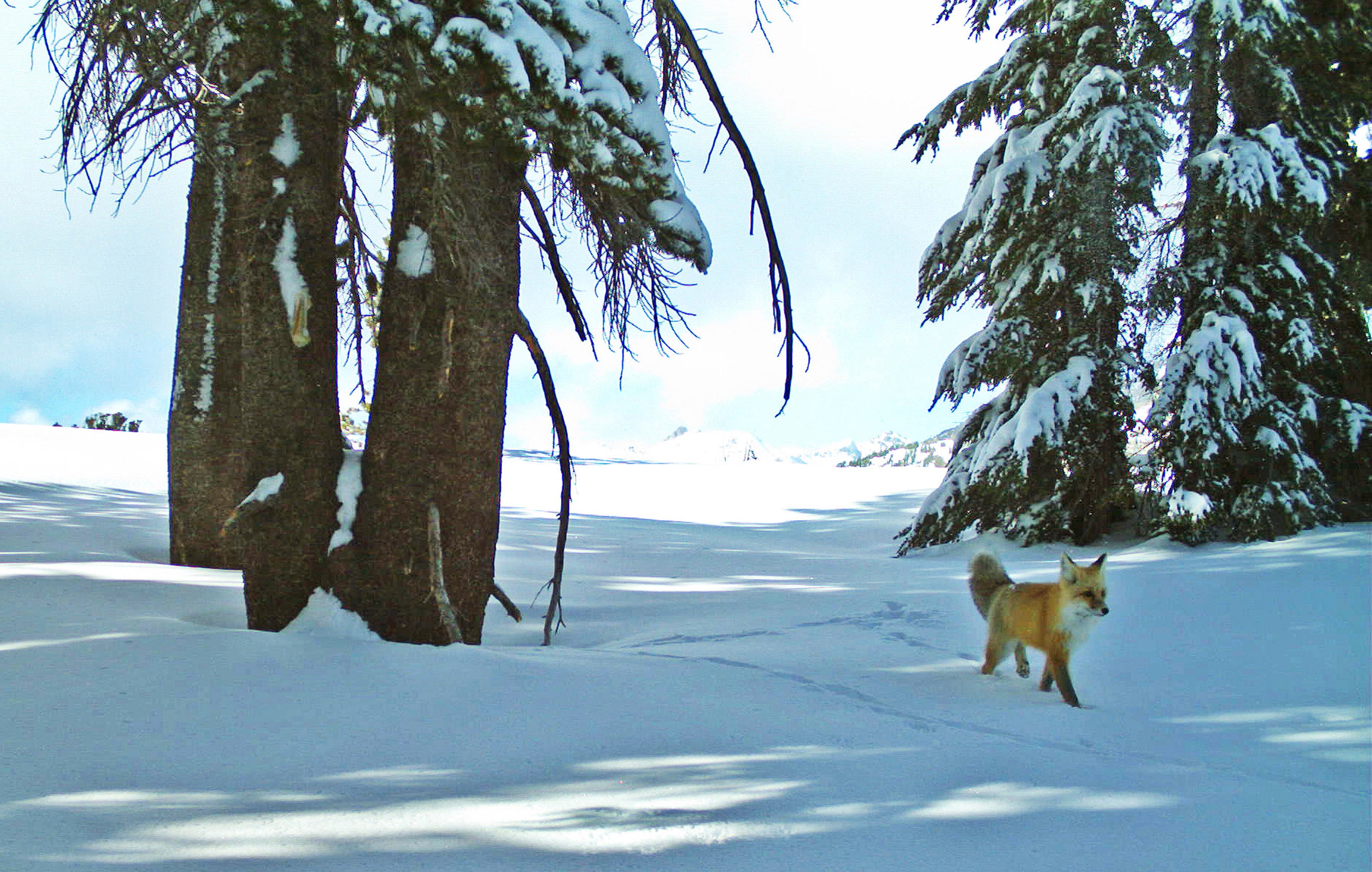Sierra Nevada red fox to be listed as federally endangered
Federal wildlife officials have decided to list the Sierra Nevada red fox as an endangered species

Your support helps us to tell the story
From reproductive rights to climate change to Big Tech, The Independent is on the ground when the story is developing. Whether it's investigating the financials of Elon Musk's pro-Trump PAC or producing our latest documentary, 'The A Word', which shines a light on the American women fighting for reproductive rights, we know how important it is to parse out the facts from the messaging.
At such a critical moment in US history, we need reporters on the ground. Your donation allows us to keep sending journalists to speak to both sides of the story.
The Independent is trusted by Americans across the entire political spectrum. And unlike many other quality news outlets, we choose not to lock Americans out of our reporting and analysis with paywalls. We believe quality journalism should be available to everyone, paid for by those who can afford it.
Your support makes all the difference.The slender, bushy-tailed Sierra Nevada red fox will be listed as an endangered species, federal wildlife officials announced Monday, saying its population has dipped to just 40 animals in area of California stretching from Lake Tahoe to south of Yosemite National Park.
The U.S. Fish and Wildlife Service decided against listing a distinct population of the foxes in the southern Cascade Range of Oregon and near Lassen Peak in Northern California
But it said in a listing rule to be published in the Federal Register on Tuesday that the Sierra Nevada segment south of Tahoe “is in danger of extinction throughout all of its range.”
“While the exact number remains unknown and is also subject to change with new births and deaths, it is well below population levels that would provide resiliency, redundancy and representation to the population.”
It provided no estimate of the number of red foxes remaining in the Cascade Range.
One of the rarest mammals in North America, the red foxes in the Sierra already are vulnerable due to threats of wildfire, drought, competition in coyotes, reductions in prey and inbreeding with non-native foxes.
Additional future threats include climate change, as scientists project continuing loss of snowpack and of the general subalpine habitat to which the Sierra Nevada population segment has adapted, the agency said.
This will likely lead to increased numbers of coyotes in high-elevation areas and to increased competition between coyotes and Sierra Nevada foxes for prey, the service said.
Some biologists believed 20 years ago the Sierra Nevada population already had gone extinct before a small remnant population was confirmed in 2010. California banned red fox trapping in 1974.
The Center for Biological Diversity first petitioned for federal protection in 2011 and filed lawsuits in 2013 and 2019 before the Fish and Wildlife Service proposed the species for addition to the endangered list in 2020.
The Sierra Nevada red fox has declined dramatically because of poisoning and trapping, habitat destruction from logging and livestock grazing and disturbance from off-road vehicles and snowmobiles, said Jeff Miller, a senior conservation advocate for the center. He said the animals face the same threats in the Cascade Mountains to Mount Hood, Oregon.
“This is an important step, but the Fish and Wildlife Service should also protect these imperiled animals in the Cascades,” he said Monday.
The Sierra Nevada red fox is one of 10 North American subspecies of the red fox. The small, doglike carnivores stretch about 3.5 feet (1.1 meter) long and have elongated snouts, pointed ears and large tails.
With deep winter coats and small toe pads, they are specially equipped to adapt to cold, snowy areas. They feed on small mammals.
The Fish and Wildlife Service noted it is not proposing designation of critical habitat for the species at this time because habitat “does not appear to be a limiting factor for the species.”
The agency estimates the 18 to 39 animals remaining in the Sierra extend south of California State Highway 88 from just south of Lake Tahoe into the easternmost portion of Yosemite Park in Tuolumne and Madera counties, as well as portions of Alpine, Mono, Fresno and Inyo counties.
Most of the foxes — between 10 and 31 — are known to occupy an area north of Yosemite. About five have been spotted just east of Yosemite, and three have been identified south of Yosemite, in the general area of Mono Creek. All sightings have been on federal land.
Join our commenting forum
Join thought-provoking conversations, follow other Independent readers and see their replies
Comments